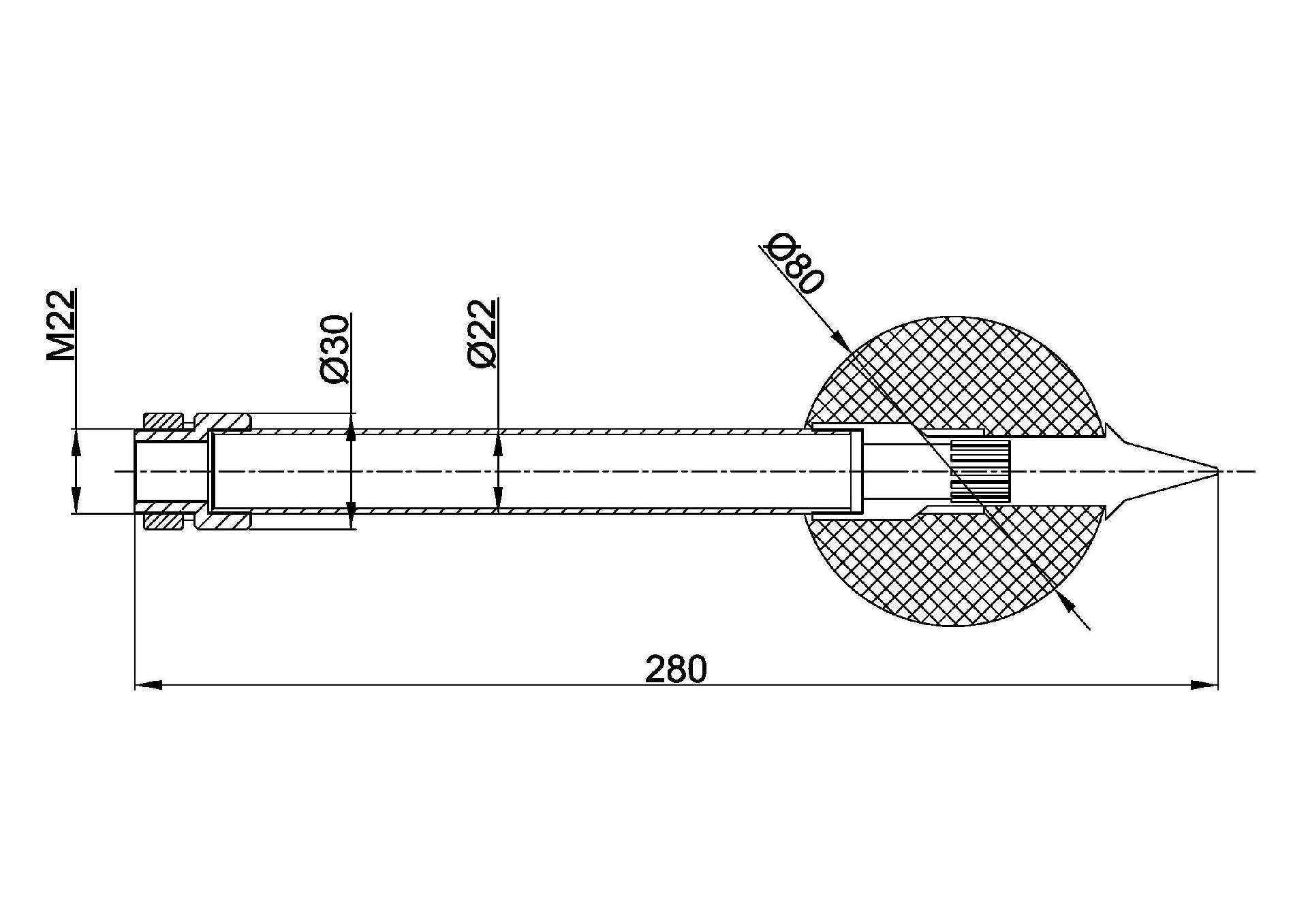

— Blogs —
—Products—
 Consumer hotline +8618073152920
Consumer hotline +8618073152920 WhatsApp:+8615367865107
Address:Room 102, District D, Houhu Industrial Park, Yuelu District, Changsha City, Hunan Province, China
Product knowledge
Time:2024-04-04 15:36:15 Popularity:2753
A noise sensor is a device used to detect and measure noise levels in the environment. They are commonly used in a variety of fields such as industry, construction, environmental monitoring, and personal health monitoring.
The working principle of noise sensors is mainly based on the conversion and processing of sound signals. The following are its detailed working steps:
1. Sound propagation and perception: First, sound (a mechanical wave) travels through the molecules in the air to reach the noise sensor. Inside the sensor, a microphone or a piezoelectric sensor is usually used to sense the sound. When sound waves propagate near these sensing elements, they are affected by the vibrations of the sound waves.
2. Conversion of sound signals to electrical signals:
2.1. microphone noise transducers: for condenser electret microphones, sound waves cause the electret film to vibrate, which changes the distance between the poles of the capacitor, causing a change in the capacitance's capacity. Since the number of charges on the electret remains constant, this change causes the voltage across the capacitor to change, thus outputting an electrical signal corresponding to the sound.
2.2. Microphone Transducer : A microphone is a common sound transducer that works similar to the human ear. A microphone contains a vibrating membrane (or diaphragm), and when the diaphragm is vibrated by fluctuations in the surrounding sound, the change in pressure of the sound wave causes a change in the capacitance inside the microphone. This change in capacitance is converted into an electrical signal that can be amplified and processed, and ultimately used to measure and analyze sound.
2.3. Piezoelectric transducers: Piezoelectric transducers utilize the piezoelectric effect to detect sound. Piezoelectric materials have special properties that produce an electrical charge when subjected to pressure or vibration. In a piezoelectric noise sensor, the vibration of the sound wave causes the piezoelectric material to generate an electrical charge, and this charge is measured and converted into an electrical signal for analysis and measurement.
2.4. MEMS Sensors: MEMS (Micro-Electro-Mechanical Systems) sensors are miniature sensors that often utilize miniature capacitors or piezoelectric materials to detect sound. the miniature elements in MEMS noise sensors produce small changes when subjected to sound fluctuations, which can be measured and converted to electrical signals.
2.5. Surface Acoustic Wave (SAW) Sensors: Surface Acoustic Wave (SAW) sensors utilize the propagation of acoustic waves across a surface to detect sound. When a sound wave passes over the surface of the sensor, it causes the propagation of an acoustic surface wave, which generates an electrical signal. This electrical signal can be measured and analyzed for sound detection and measurement.

3. Signal Processing: The sensor transmits the generated electrical signal to internal signal processing circuits. These circuits amplify, filter, and perform specific arithmetic processing on the electrical signal to improve measurement accuracy and immunity to interference. Filtering removes unwanted frequency components, while amplification enhances the strength of the signal, making it easier for subsequent processing and analysis.
4. Data analysis and output: after signal processing, the sensor will output the intensity of noise, frequency distribution or other relevant parameters. This data can be presented through digital encoding or analog output for displaying noise level values or for further analysis and processing.
5. Calculation and display: digital processor processes the signal and calculates the intensity of the noise, usually expressed in decibels (dB). The processed data can be displayed on a display on the sensor or sent via wireless signal to other devices such as smartphones or computers.
6. Environmental adaptability: High-quality noise sensors are also able to adapt to different environmental conditions, such as temperature and humidity, to ensure the accuracy and stability of the measurement results.
In summary, noise sensors are able to accurately measure the noise level in the environment by sensing, converting, processing and analyzing sound signals, providing key data for noise monitoring and control. They have a wide range of applications in many fields, such as environmental monitoring, industrial control, traffic management, etc., which help to improve people's living environment, enhance work efficiency, and protect people's health.
Related recommendations
Sensors & Weather Stations Catalog
Agriculture Sensors and Weather Stations Catalog-NiuBoL.pdf
Weather Stations Catalog-NiuBoL.pdf
Related products
 Combined air temperature and relative humidity sensor
Combined air temperature and relative humidity sensor Soil Moisture Temperature sensor for irrigation
Soil Moisture Temperature sensor for irrigation Soil pH sensor RS485 soil Testing instrument soil ph meter for agriculture
Soil pH sensor RS485 soil Testing instrument soil ph meter for agriculture Wind Speed sensor Output Modbus/RS485/Analog/0-5V/4-20mA
Wind Speed sensor Output Modbus/RS485/Analog/0-5V/4-20mA Tipping bucket rain gauge for weather monitoring auto rainfall sensor RS485/Outdoor/stainless steel
Tipping bucket rain gauge for weather monitoring auto rainfall sensor RS485/Outdoor/stainless steel Pyranometer Solar Radiation Sensor 4-20mA/RS485
Pyranometer Solar Radiation Sensor 4-20mA/RS485
Screenshot, WhatsApp to identify the QR code
WhatsApp number:+8615367865107
(Click on WhatsApp to copy and add friends)
